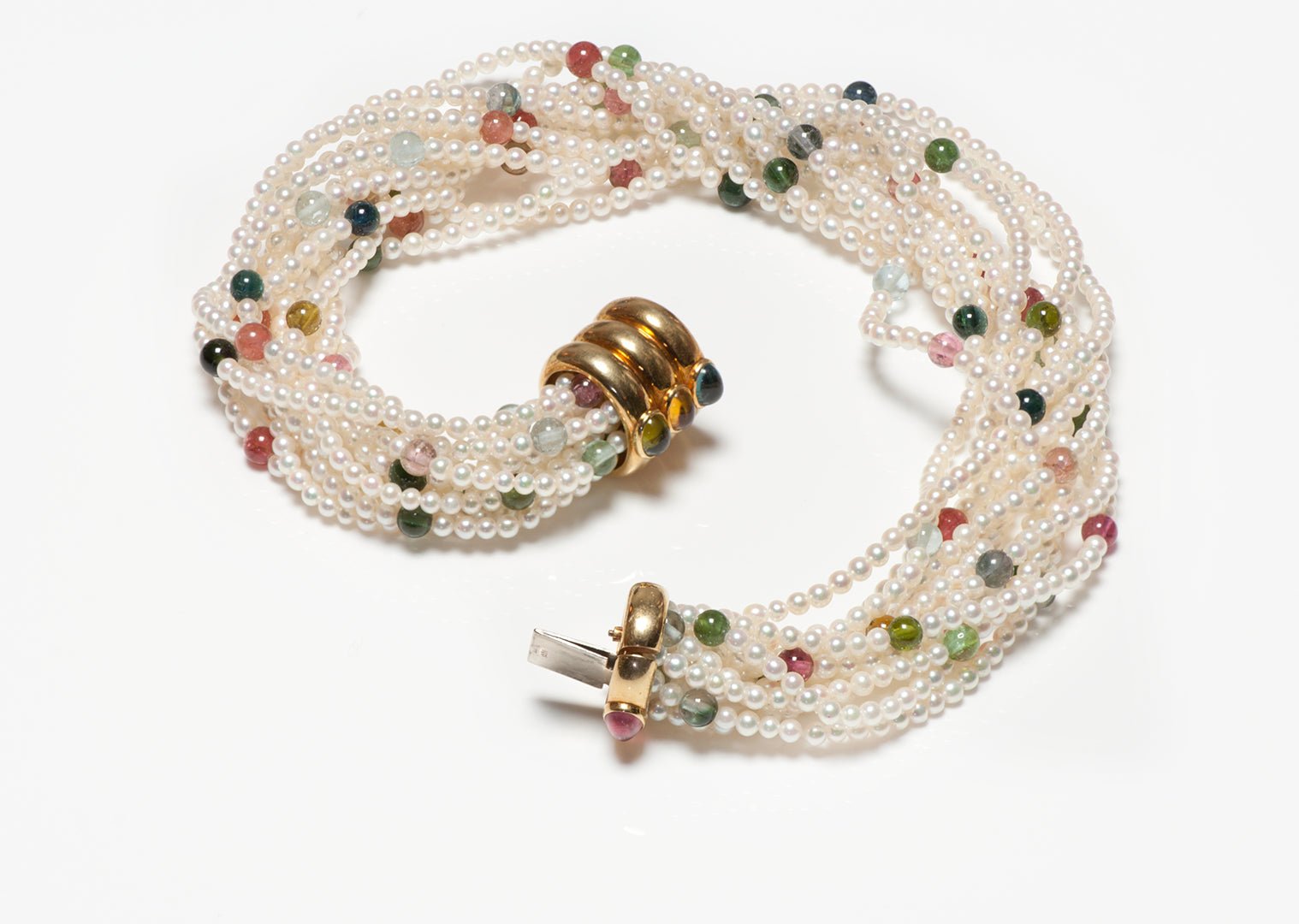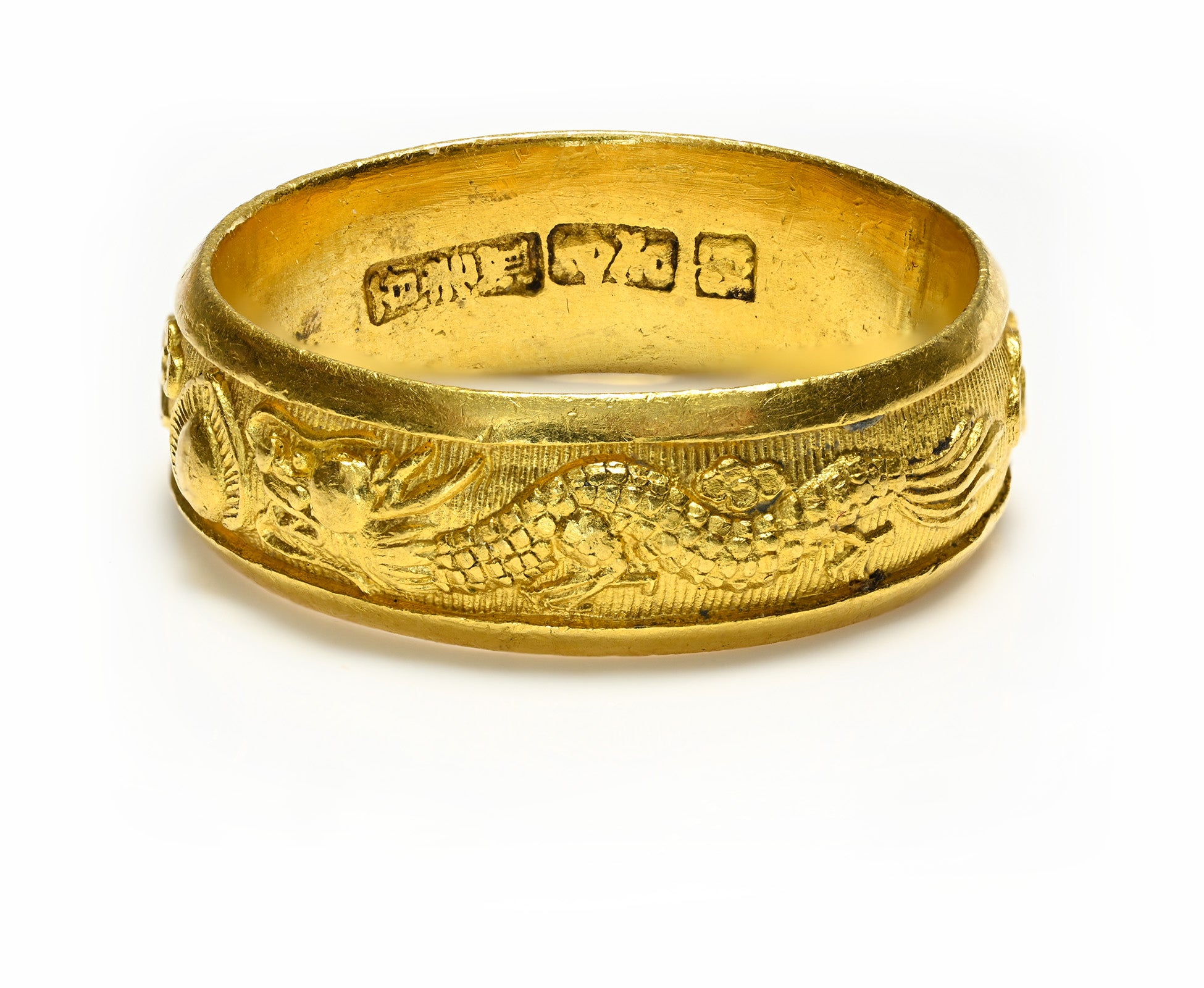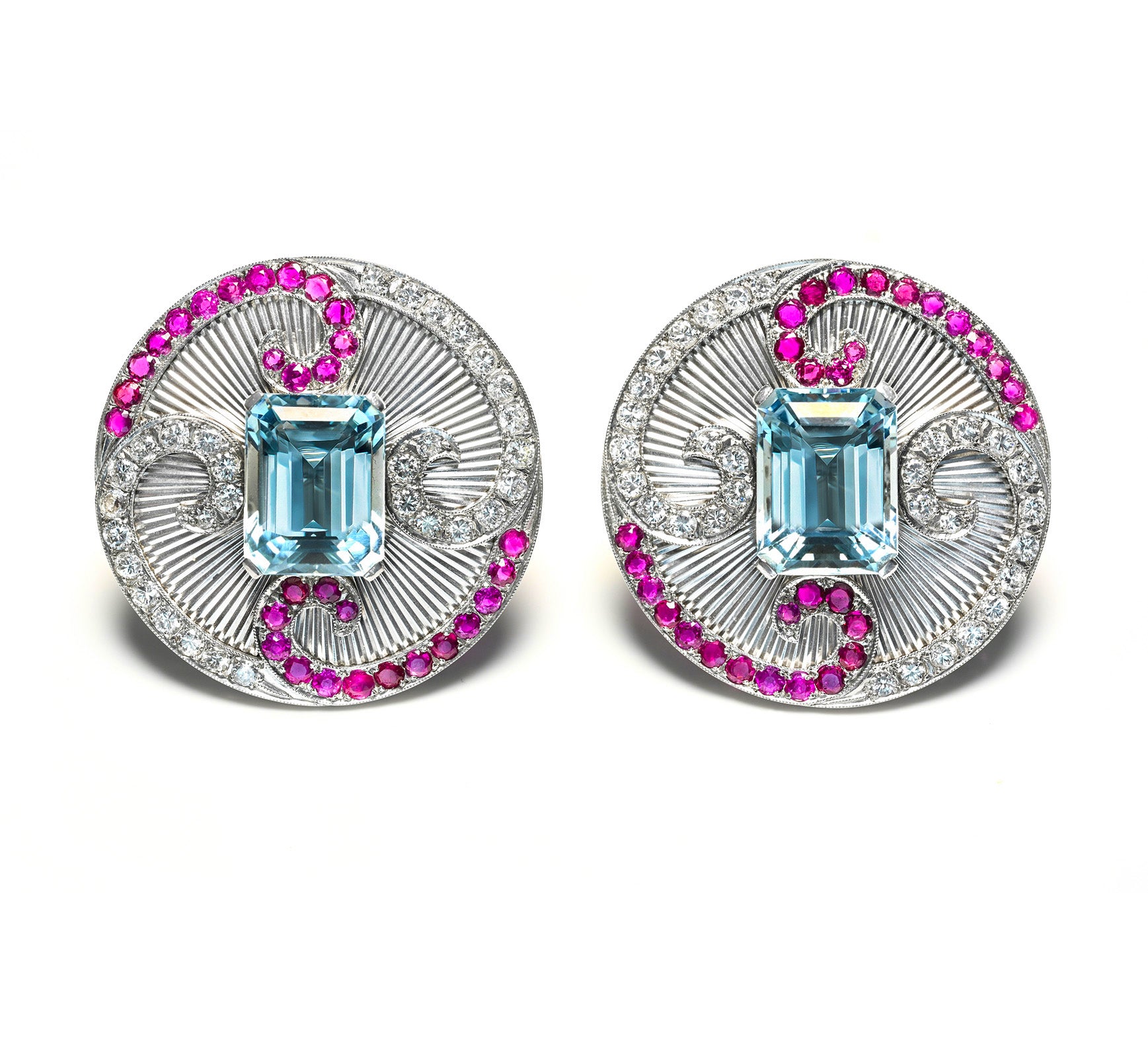
The Oscars Shine with the Help of Space Technology Used by NASA
The famous Oscar statuettes are coated in the same gold that helps telescopes observe distant galaxies in the cosmos.
Gold is extremely useful in space because it helps to reflect the infrared wavelengths of light, which in turn helps to detect distant celestial objects. It is inert. It doesn't rust. It is also a good way to block the absorption of radiant heat.
That’s why the James Webb Space Telescope (JWST) team chose gold to coat a 32-foot refrigerant tube that cools the Mid-Infrared Instrument (MIRI).
The telescope's designers wanted a gold-plating method that would keep the high reflectivity of solid gold and be extremely durable. For this, they turned to Epner Technology, a Brooklyn-based company that has been collaborating with NASA since the 1970s and perfected its electroplating technique doing aerospace work in the 1990s.
The Magic Done by Epner & NASA
Epner Technology uses an electroplating process it calls Laser Gold. The resulting coating was already harder and more reflective than vapor-deposited gold, but both attributes have been further improved through the company’s NASA work. One key improvement came when NASA told Epner it needed better reflectivity on a gold-plated mirror for the Mars Orbiter Laser Altimeter, without losing strength, the US space agency said a statement.
At around the same time, the team that built the Keck Observatory telescopes needed to ensure greater durability for its gold-plated secondary infrared mirror so that it could be cleaned without any scratching. Keck Observatory was not a NASA mission, although the space agency later joined as a partner.
In order to meet the needs of both aerospace projects, Epner tweaked its proprietary processes to ensure the highest possible reflectivity while also achieving a hardness triple that of pure gold. The trick, Epner explains, was in modifying the electric current to get a more tightly packed atom. Because the gold remains pure, the reflectivity remains extremely high.

From then on, Epner Technology has begun using its improved technologies for a variety of customers, from Braun ear thermometers to infrared carbon dioxide detectors to jewelry from gold-plated lace.
In 2016, Epner’s reputation for durable and brilliant gold coatings, built part through its many years working for NASA, brought a new client: the Academy of Motion Picture Arts and Sciences. The Academy was awestruck that Epner Technology was giving them a plating technique that had been used for gold in space for 30, 35 years, company president David Epner recalls.
For more than three decades, a trophy manufacturer had been casting the Oscars in a tin alloy and then plated them with gold. They shone — but the coating wore off.
“We guaranteed that our gold coating will never come off,” Epner says. In fact, Epner has offered a lifetime guarantee to replate, for free, any Oscar that starts to show wear. “That’s something I’ll never have to make good on,” he says.


















